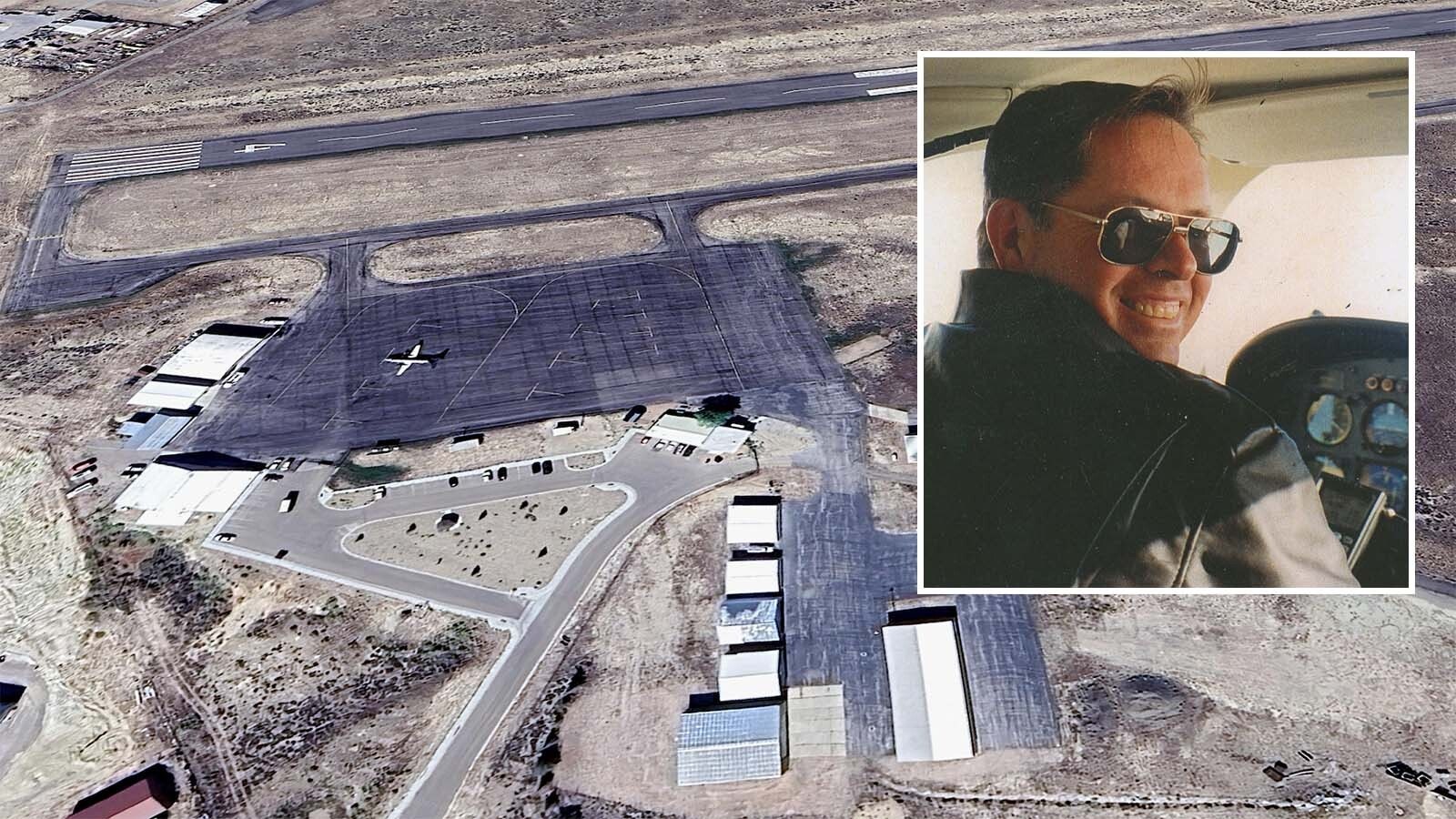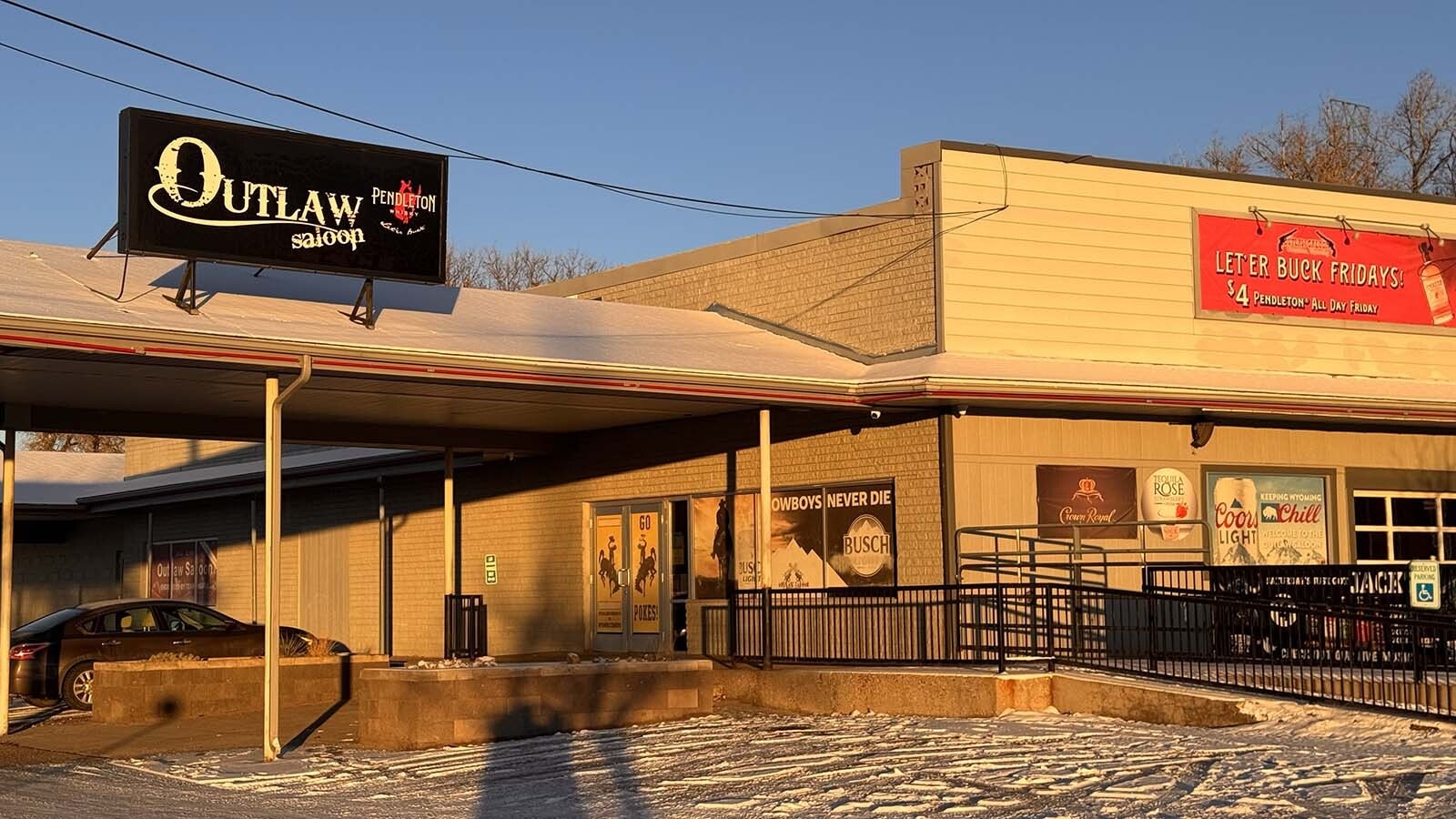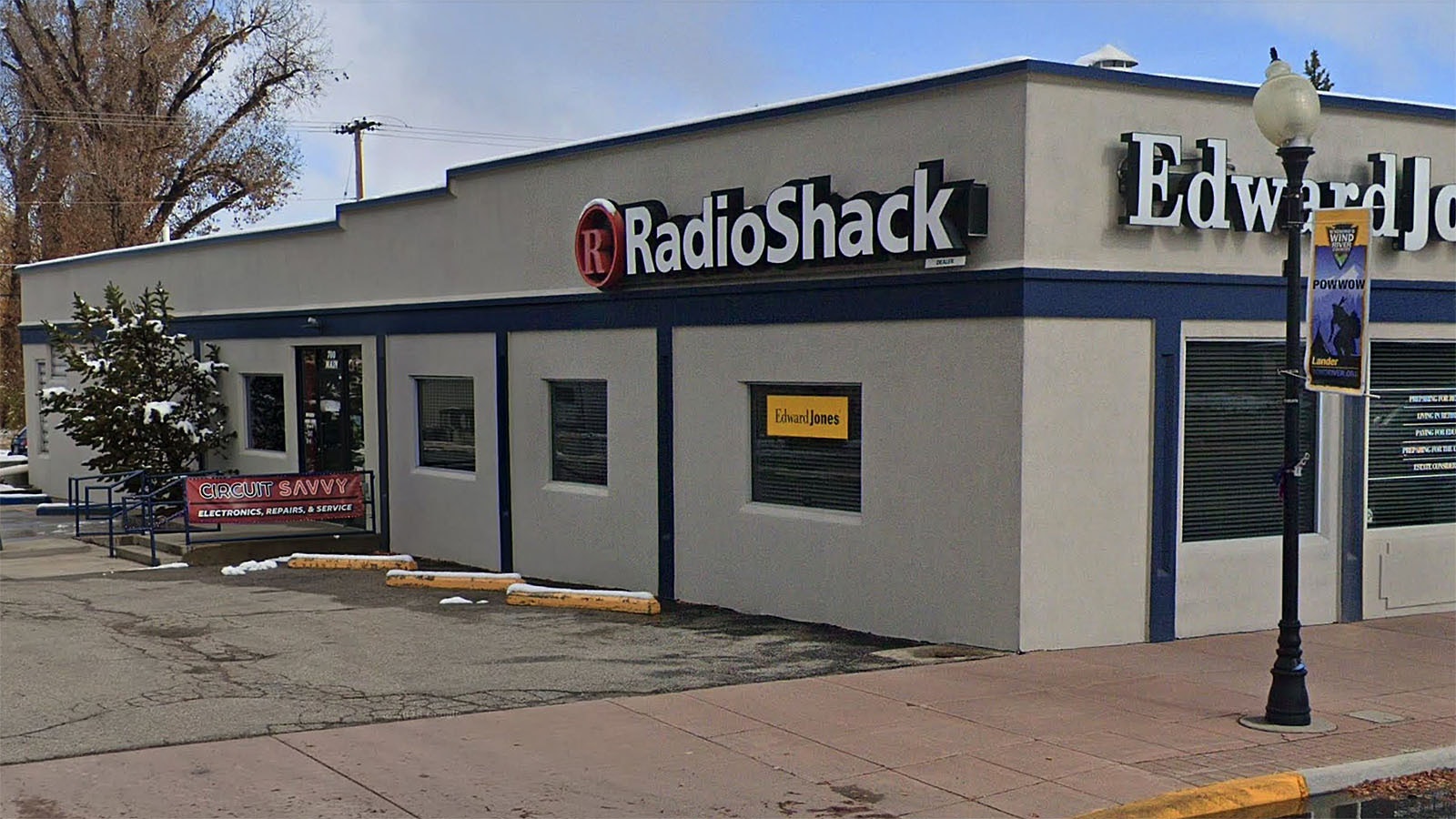A longtime Rawlins-based aviator would compete with his twin brother to get the lawn mowed to see who would get to fly with their dad.
Dwight France would turn that love of flying with his father into a lifelong passion for aviation.
He went on to run France Flying Service, a full-service flying operation, and worked as the fixed-base operator in Rawlins until his retirement in 2011. He also managed the airport for several years, and flew multiple U.S. senators and a future president around Wyoming.
France, who died three years ago at age 75, will be posthumously inducted Nov. 1 into the Wyoming Aviation Hall of Fame in a Laramie ceremony involving family and friends.
France’s wife, Candace, and daughter, Jane, say one of the things he was most proud of as a Wyoming aviator was his 40,000 accident-free flying hours during a long career that included charter flights across the country and throughout the state.
“He was absolutely, totally weather-conscious,” Candace said. “If the weather at all looked iffy, he wasn’t going to go. There was no way in a million years he would have risked a passenger’s safety just to get him where he wanted to go.”
France Flying Service did much to advance aerial wildlife studies in Wyoming and offered the full-service flying operation that, in addition to charter flights, included aerial photography, an air ambulance service, aircraft rental, fire reconnaissance, and search and rescue.
Candace said her husband also mentored young pilots, and she knows of at least two who continue to have successful careers with major airlines.
France, a twin, was born in Rawlins on April 3, 1947. His father was a banker.
Jane said her grandfather also was a pilot who liked to fly and bought a 1956 Cessna 180 that they used on family trips.
“The legend has it that whoever mowed the lawn got to go fly with dad,” she said about a favorite family fable.
Following high school, Dwight pursued business administration at the University of Wyoming, but also began taking flight instruction in 1967.
He was a member of the Laramie Flying Club and one of his instructors was Donald Veal, an atmospheric science professor who was key to starting the university’s flight facility.
France first soloed as a pilot days after his 20th birthday on April 7, 1967.
The University of Wyoming graduate in 1970 first began his working career as a banker with his father at Rawlins National Bank.
But his love for flying continued to grow, and he bought a Cessna 210, obtained a charter certificate and started flying passengers.
Five years later he left his bank job to start his aviation career.

Flying ‘W’
During his 40,000 hours in the air, Dwight flew George W. Bush as he campaigned for George H.W. Bush in the late 1980s, Candace said. He also flew the late Wyoming Sen. Alan Simpson frequently, along with Sens. Mike Enzi and John Barrasso.
Jane France said her dad bought “junkie old Jeeps” to leave at the airports in Casper and Laramie because those were frequent destinations in his business.
She recalled one time at a University of Wyoming homecoming that he flew Barrasso and his wife in for the homecoming parade.
“So, dad drove the Jeep into town and was having breakfast at the Prairie Rose (J’s Prairie Rose Cafe) waiting for Senator Barrasso to get done with the parade and the Jeep wouldn’t start,” she said.
After the parade, the senator, his wife, and her dad pushed the Jeep while she sat in the driver’s seat to get it started.
“I don’t think a lot of senators would do that,” she said.
Candace said one of her husband’s favorite flying duties involved working with Wyoming Game & Fish wildlife biologists on wildlife surveys.
Retired wildlife biologist Rich Guenzel, who worked for Wyoming Game & Fish for 25 years based in Laramie, first met Dwight France as a graduate student at the University of Wyoming.
During those days, wildlife tracking was done with VHF technology and required ground or air monitoring to find the transmitted signal on pronghorn or other animals.
“The air is the easiest way to find them,” he said. “You have to fly a lot lower to get a visual on the animal and with the terrain you have in Wyoming, the altitude, and other conditions we have, it can be pretty hazardous. So, you don’t want to fly with just anybody, you want somebody who knows the countryside extremely well, which Dwight did.”
Spotting Sage Grouse
Not only was France a competent and careful pilot, he also knew a lot about the state’s wildlife, their patterns and locations.
“We flew over things like sage grouse leks at times and so you have to be pretty low to get a reasonable count with those types of surveys … so you want someone who knows what they are doing, and kind of knows how weather patterns form,” Guenzel said.
Guenzel said aerial wildlife surveys are considered hazardous duty and the “leading cause of wildlife deaths for biologists.”
Guenzel was among the community of wildlife biologists who wrote letters to nominate France for his 2011 Citizen of the Year award that he received from the Wyoming Chapter of the Wildlife Society.
At his flying service, France had a fleet of aircraft that included a Super Cub as well as Cessna models 180, 182, 206, 210, 340, and 421. He also managed the Rawlins Airport from 1981 until 2011.
Candace France said her husband’s attention to safety also involved both getting certified as weather observers.
“He knew the terrain of most of the state like the back of his hand,” she said. “So, if he saw something (weather-related) that looked questionable at one or the other part of the state where they were supposed to go that day, you wouldn’t go.”
Growing up, Jane France said she and her parents never drove anywhere, they flew.
“We went to a lot of fun places on the airplanes and did a lot of fun things traveling that way,” she said.
Candace France characterizes her late husband as someone who was funny, easygoing, a lover of the outdoors including hunting and fishing, but “very precise about most everything he did.”

‘Great Mentor’
She also characterized him as “a great mentor” to young pilots looking to gain experience and hours in the air.
She said among those he hired and mentored, there is a current United Airlines pilot who is a captain on a 787 Dreamliner and another who is a first officer for Alaska Airlines.
Her husband would be “humbled” and kind of “embarrassed” about his entry into the state’s Aviation Hall of Fame, Candace said.
“He made the statement several times that I recall to other people about that he never felt like he was going to work because he loved flying so much,” she said. “But he would probably be secretly happy that so many of his friends were supportive of him.”
Following his retirement in 2011, Candace said they sold off the business and the aircraft. They also moved to Encampment.
Her husband, who had served on multiple fire departments during his career, continued to volunteer with the Encampment/Riverside Fire Department.
Jane, who learned to fly while at the University of Wyoming, said she co-owns the Cessna 180 that was bought first by her grandfather, then owned by her dad.
She remembers a dad who was dedicated to his career, “humble” and “hard-working.”
“He was proud of what he accomplished, but I think he thought that was just what was expected,” she said.
‘Hero’
A Casper-Star Tribune letter to the editor on June 25, 1997, showed that Dwight was willing to go beyond what was expected and was characterized as a “hero.”
Ron Mickalson of the Casper Automated Flight Service Station wrote that Dwight was called just after midnight on June 1, 1997, in Rawlins because a satellite had picked up an emergency locating transmitter near the airport.
Dwight got out of bed, drove to the airport, and checked all the planes to see if there had been a malfunction on their devices.
He could not locate the signal.
Then he drove down to the extreme end of the runway with the receiver and picked up a faint signal. He then drove onto the dark prairie trying to find the cause.
The airport manager and pilot found a pile of twisted metal from a Cessna 402 that appeared to be unsurvivable and radioed to rescue teams.
“Dwight started pulling the metal apart by hand," Mickalson wrote. "As he dug down, he found a very alive, but grievously injured, pilot buried under a half ton of freight.
"Working in the dark, ignoring the great danger of fire, he uncovered the pilot, assessed his injuries, and decided it best not to remove him until the emergency medical people reached the site.”
Mickalson wrote that the pilot survived, thanks to Dwight France’s actions.
Dale Killingbeck can be reached at dale@cowboystatedaily.com.






